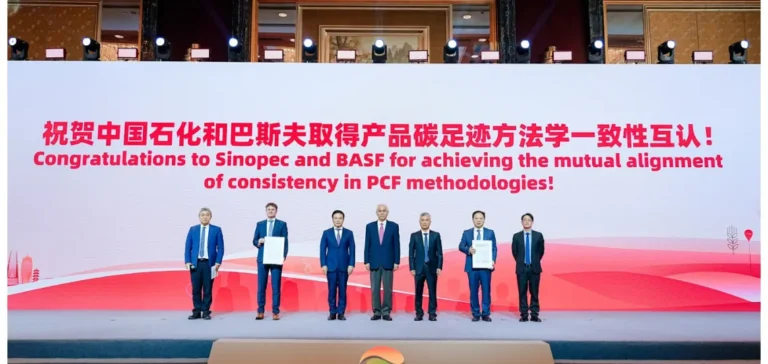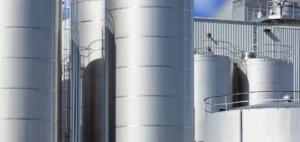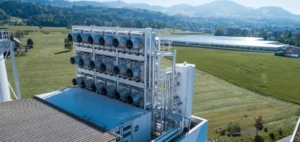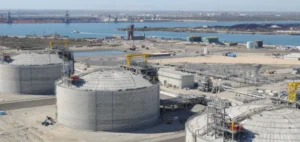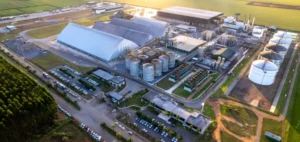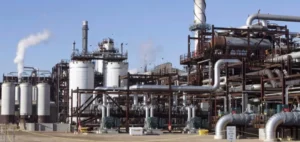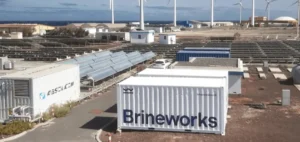China Petroleum & Chemical Corporation (Sinopec) and German group BASF have announced a mutual recognition agreement regarding their product carbon footprint accounting methodologies. The announcement was made during the China International Petroleum and Chemical Conference (CPCIC 2025), held in Ningbo. The agreement aims to improve data consistency between industrial partners operating under different regulatory frameworks.
Joint certification by a third-party body
Both companies commissioned TÜV Rheinland, a global certification body, to assess the consistency of their methodologies. After several audit cycles, TÜV Rheinland confirmed the compliance of the methods with international standard ISO14067:2018 and the Chinese national standard GB/T 24067–2024. A formal consistency statement was issued, enabling the two parties to finalise their mutual recognition.
Improved data comparability across the value chain
The agreement is designed to facilitate the exchange and comparability of carbon footprint data across industrial value chains. Standardised methodologies are expected to improve data utilisation efficiency while supporting coordinated emissions reductions among sector stakeholders. This alignment also marks a step toward establishing a shared framework between Chinese and foreign companies.
Sinopec’s early methodological initiatives
Sinopec has been working on product carbon footprint accounting since 2015, initially developing a methodology for petrochemical products. In 2023, the company implemented China’s first automated accounting process for petroleum and chemical products. In 2024, it co-founded the Carbon Footprint Alliance with seven major industry players, including China National Petroleum Corporation (CNPC), China National Offshore Oil Corporation (CNOOC), and PipeChina.
National perspectives and global alignment
Since 2021, China has been progressively building a national product carbon footprint management system, with the goal of establishing a full life-cycle standardised framework by 2027. The system aims to align with international practices and provide a unified reference point applicable across industrial sectors.
The alignment between Sinopec and BASF comes at a time of increasing demand for traceable and transparent environmental data within global industry.


